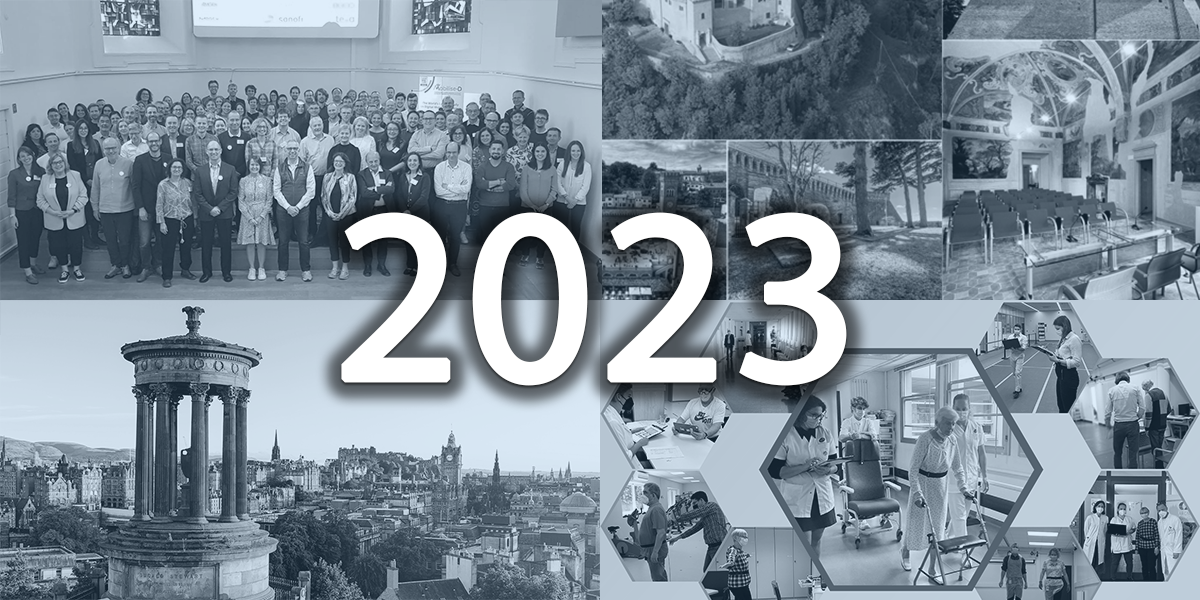We have approached the final six months of Mobilise-D. It is hard to believe all the challenges we had to face since our kick-off in April 2019, but we’re still going strong!
The last 12 months have been busy. We met as a consortium in Leuven in April for the first time since the kick-off meeting in Newcastle in 2019. The spirit of the consortium was alive and well as we celebrated our many achievements and set out the plan to take us forward towards the final months of our work. The challenge this year has shifted to ensure we completed recruitment of the clinical validation study; successfully followed up all cohorts; began the mammoth task of cleaning and curating data ready for analysis; and began significant efforts to ensure sustainability of the work of the consortium beyond the end of June 2024. Once again everyone rose to the challenge and displayed the resilience, tenacity, talent and teamwork to carry us through to success.
You will not be surprised to hear that we still have a few challenges to meet. But as always, we have a plan! Together with the amazing Mobilise-D consortium members, we are confident we will meet all of our objectives and more.
So, here is a round-up of our 2023 activities and achievements.

We are busy building an exciting programme for our Mobilise-D Conference on Wednesday 20th March 2024 in Edinburgh. We will have the opportunity to celebrate our achievements and share them with the wider world – with our invited guests from academia, industry, patient societies and policymakers. The conference has networking opportunities and the Mobilise-D work will be presented through an interactive exhibition space. If you are keen to participate, feel free to request an invitation. We are looking forward to seeing you at the gathering!
Plans for sustainability after June 2024 were presented at our General Assembly in Leuven and have been led through the Exploitation, Impact and Sustainability Committee. We will share the work of the committee including: plans to access and analyse data through the data platform; ongoing work to share the algorithms in a new format; plans for data sharing; furthering regulatory submissions; and mechanisms to maintain the Mobilise-D brand, knowledge and skills through future funding/network opportunities.

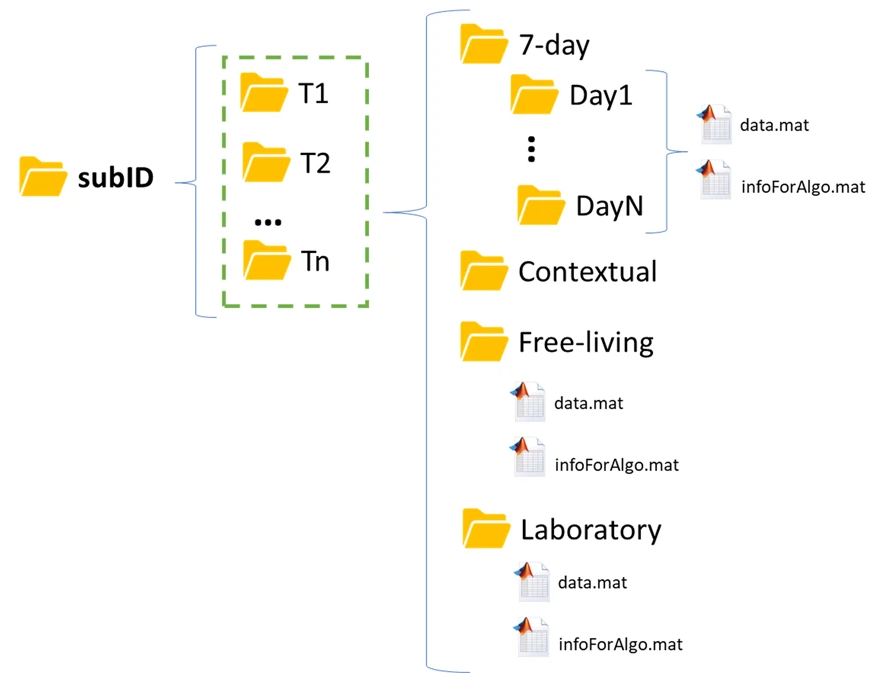
Although the key workaround algorithm development and technical validation has been completed, these activities continue. Key seminal papers have been published providing Mobilise-D recommendations on mobility data standardisation, validated algorithms for quantification of robust digital mobility outcomes, and validation of a multi-sensor wearable system for assessing mobility in real-world conditions. Further validation of mobility assessment using a wrist-worn device has been taking place. Ongoing work on the validation of secondary outcomes is being carried out. This will lead to guidelines setting out what is and is not feasible to measure reliably and the next steps. We are currently drafting a Technical Validation Manual that will be made publicly available. The manual will share methods and guide developers in the use of the algorithms, accuracy, and procedures for validation of algorithms to measure mobility and user perspectives. In addition, version 2 of the algorithm is being written in Python. This will enhance the implementation of the algorithms for applications in future work.
Our work around database development and data management is progressing as well. There are significant efforts to address data processing, cleaning, and preparation. This is a mammoth task that also involves an additional quality control step for the cohorts’ clinical data. The process has undergone refinement and is working well. The learnings gained from the baseline data will allow subsequent time points to become more streamlined.

The clinical cohorts continue to follow up participants in the Clinical Validation Study. This work will continue until the end of March 2024. With the completion of the recruitment of hip fracture participants, we met our recruitment target (>2385 participants), which is a major achievement. Furthermore, all cohorts are doing well following up participants. Many sub-studies are also underway representing the work of many PhD students and postdocs. Some of their studies will be presented at the March conference to promote all the important insights made.
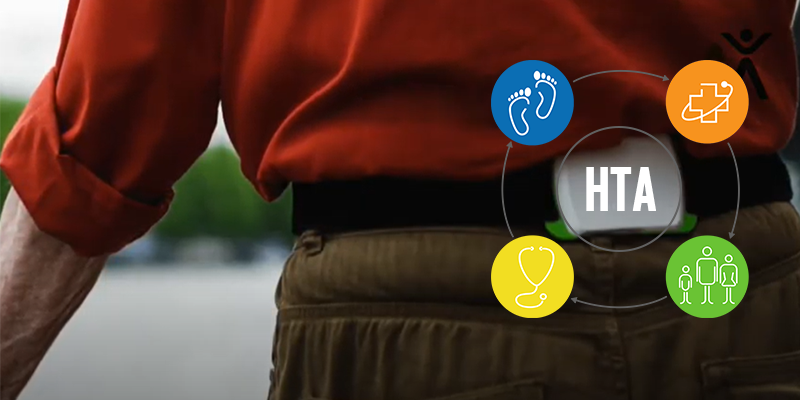
The regulatory, HTA and payer consensus over operational definitions group continued interactions with the regulators to gain further insights through a pre-meeting with the FDA for MS. This allowed the next steps to be clarified, raised the importance of inclusion of clinical trials data to demonstrate responsiveness and underlined how important the ongoing work with patients is to demonstrate meaningfulness. A further interaction with the FDA explored regulatory approval of the algorithms (software as a medical device), providing a valuable understanding of the maturity of thinking in this area.
Work on statistical analysis, evaluation of results and data availability is progressing. Focus has not been restricted to the main analyses of the CVS, namely construct validity, ability to detect change and predictive capacity. In order to carry out the primary analyses, additional work had to be carried out to inform on the reliability of outcomes, wear time adherence and missing data, data aggregation procedures, and minimum number of hours/day and days/week amongst other unexpected challenges.
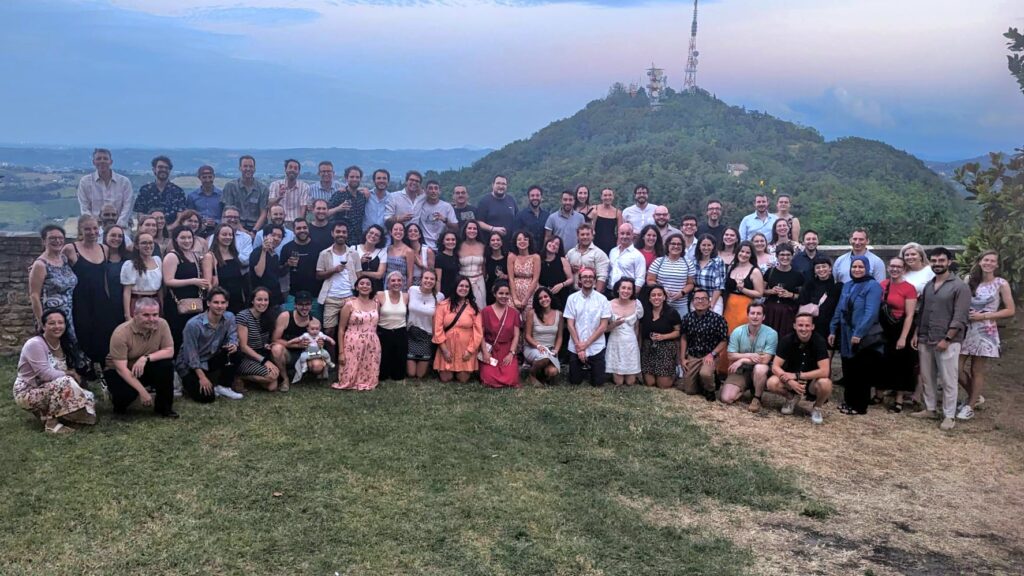
The team working on dissemination and exploitation has also been busy – here are a few examples. We ran a successful summer school – the videos of which are available on YouTube, had to recreate the website following a cyber-attack, and are working with project management and oversight group to develop the final conference. Maybe you noticed the yearly advent calendar, which motivated us all with inspirational walking quotes?
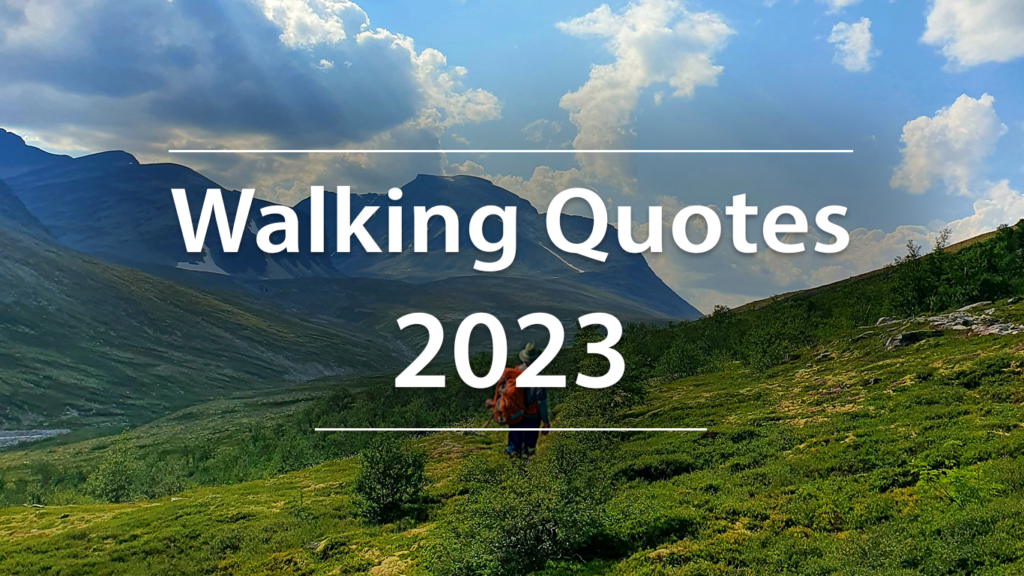
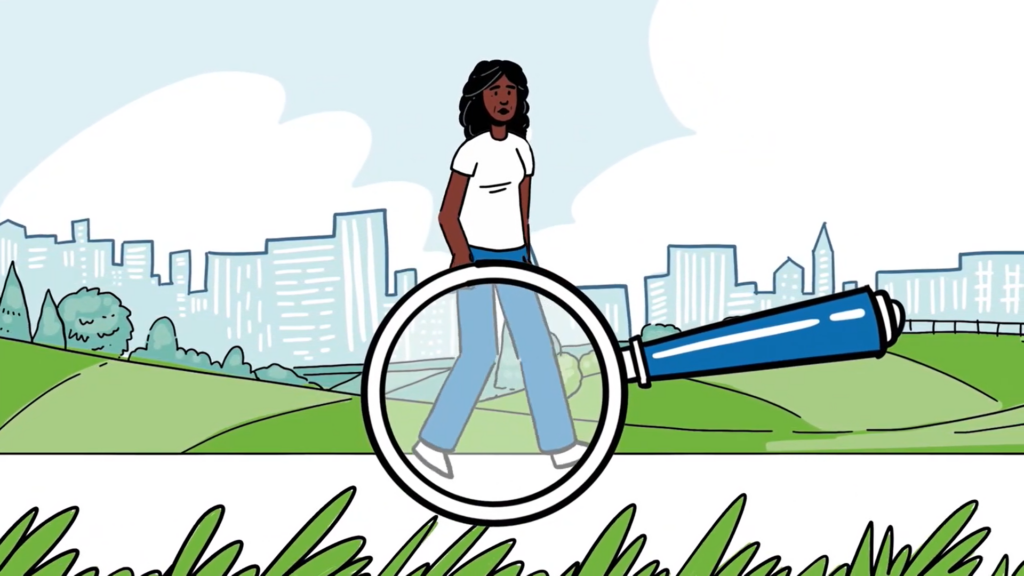
In all of our work, we are supported by and collaborate with, our patient and public advisory group (PPAG). Not only are they publishing with us but they are also presenting alongside us at conferences and in our webinars. This allows us to be confident that our work is fit for purpose and is meaningful for the people who will use it. We have several specific projects ongoing with them. For example, we have released an infographic and educational video about the importance of mobility. A recent publication also sets out the work and the experience of the PPAG – to guide future large consortia.
We are fortunate to receive excellent insights from our Scientific Advisory Board and our Independent Clinical Study Steering Committee and we are very grateful for their time and efforts on our behalf and helping guide us towards success.
Finally, as we move towards the final six months of the consortium, we are focused on ensuring we deliver a robust plan to achieve the maximum impact and sustainability from our work for the benefit of our patients, research and clinical colleagues, and the public. Part of these activities is to ensure access to the data and support additional analyses and ongoing regulatory activities. We will update you as our plans materialise. We look forward to sharing continued success as we work together to achieve our goals!
